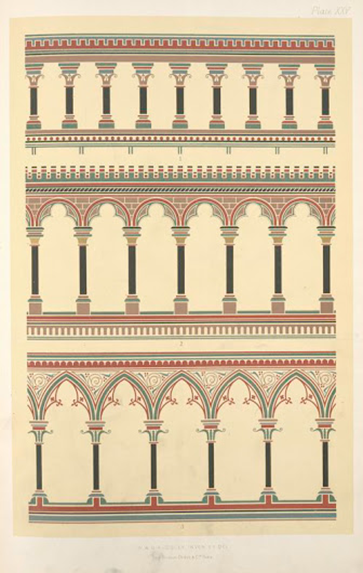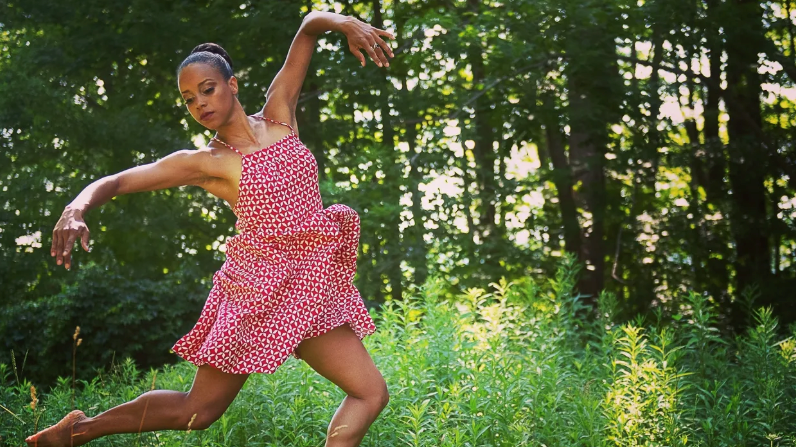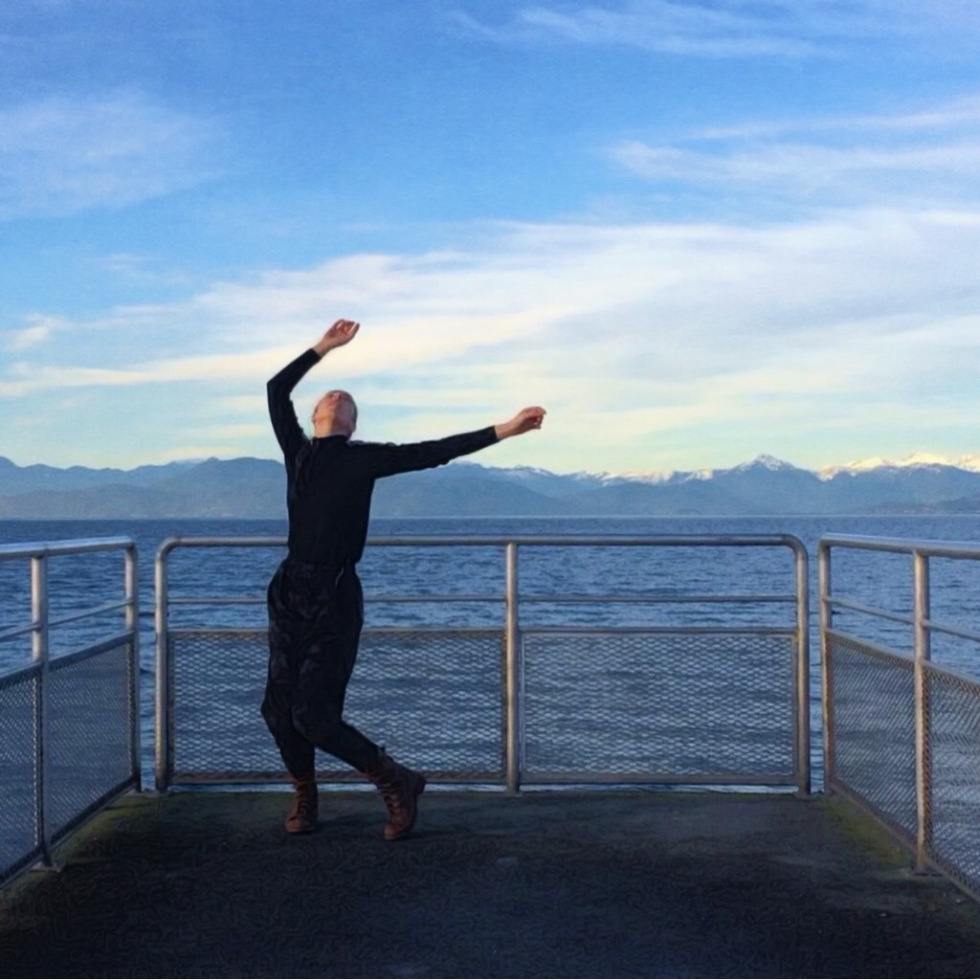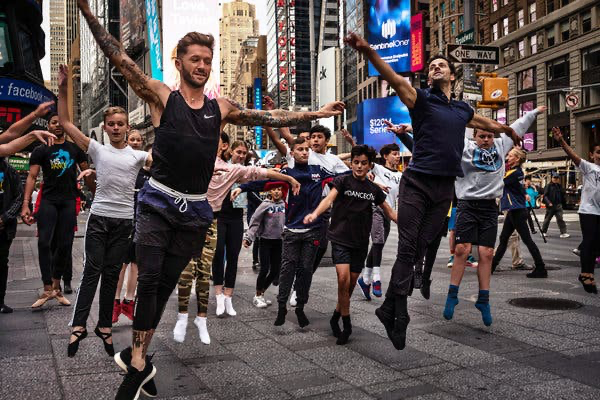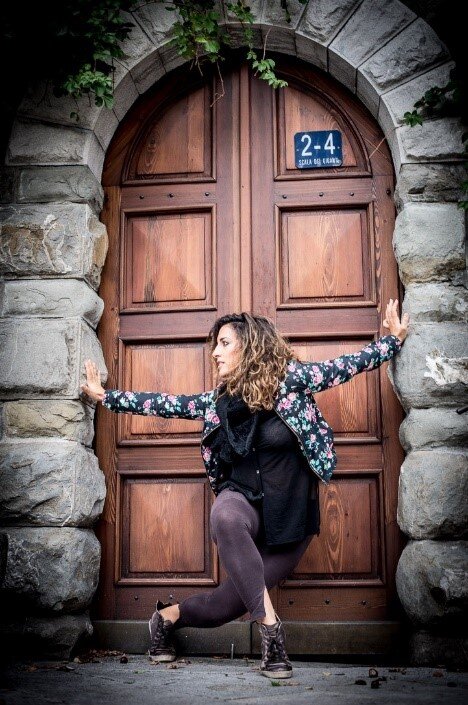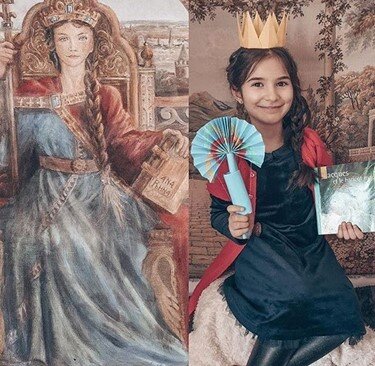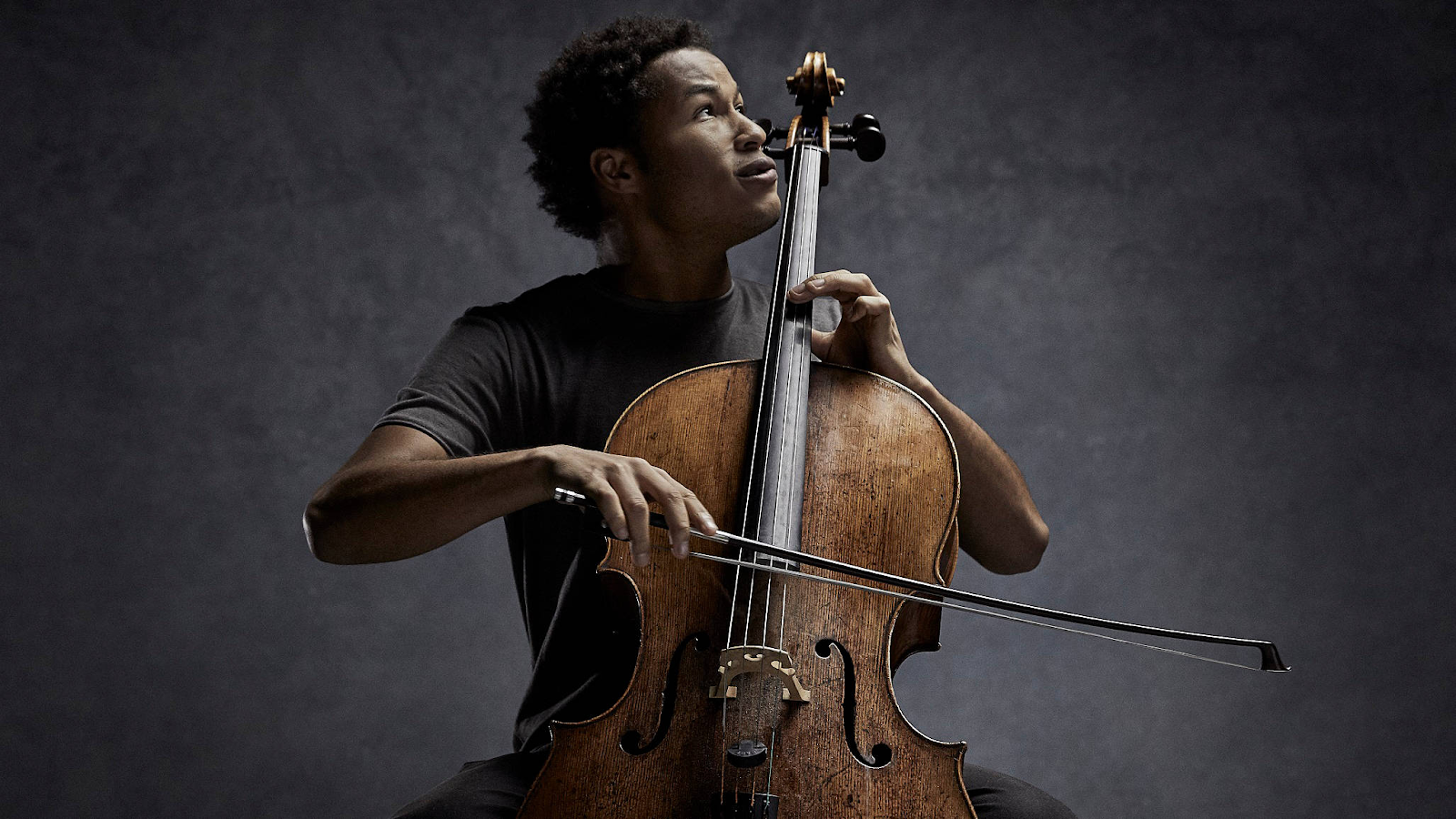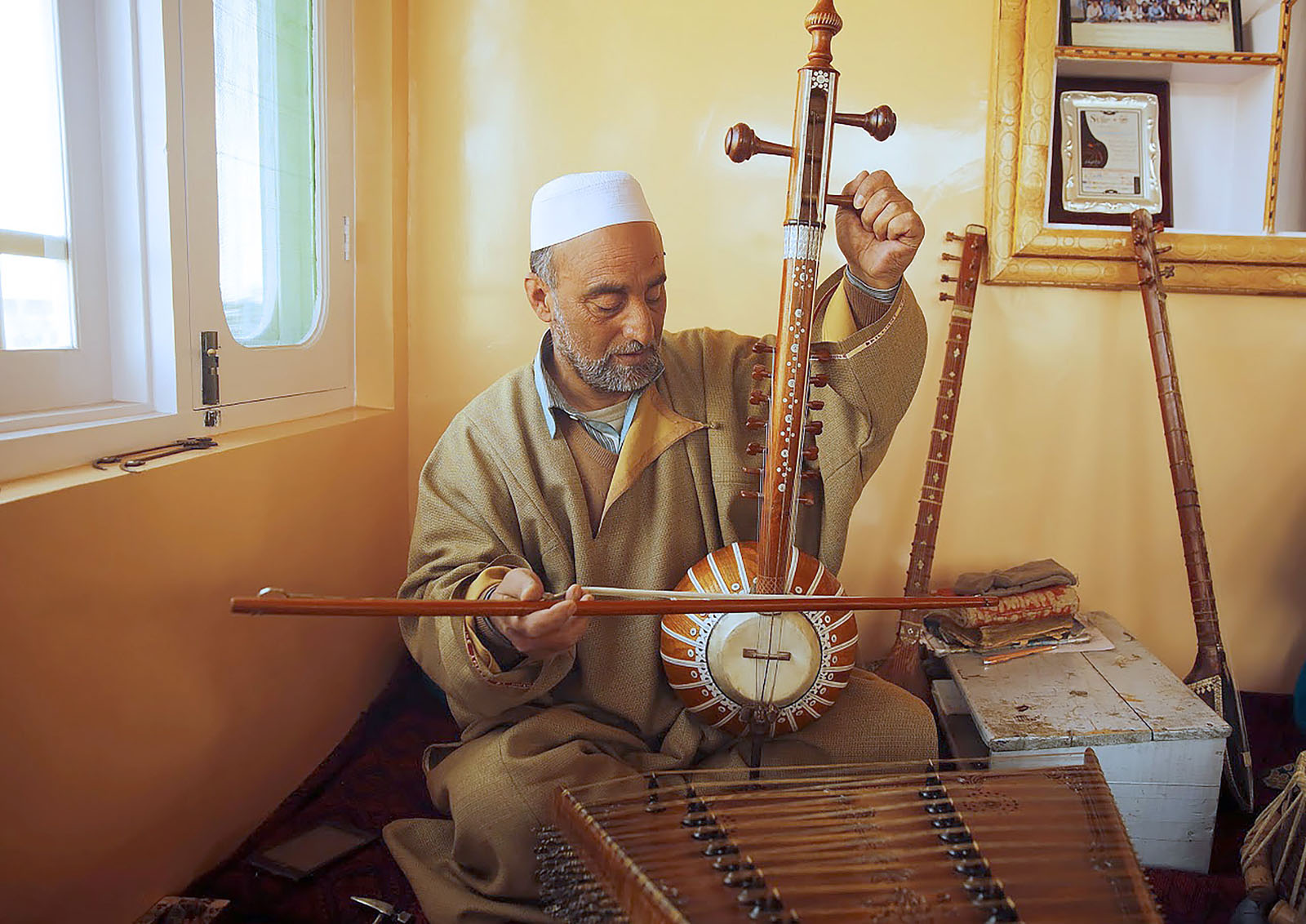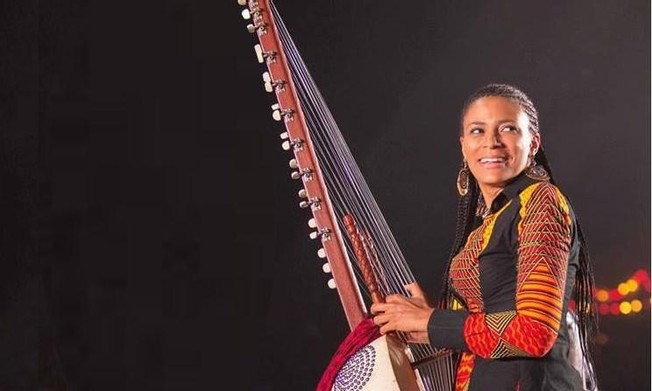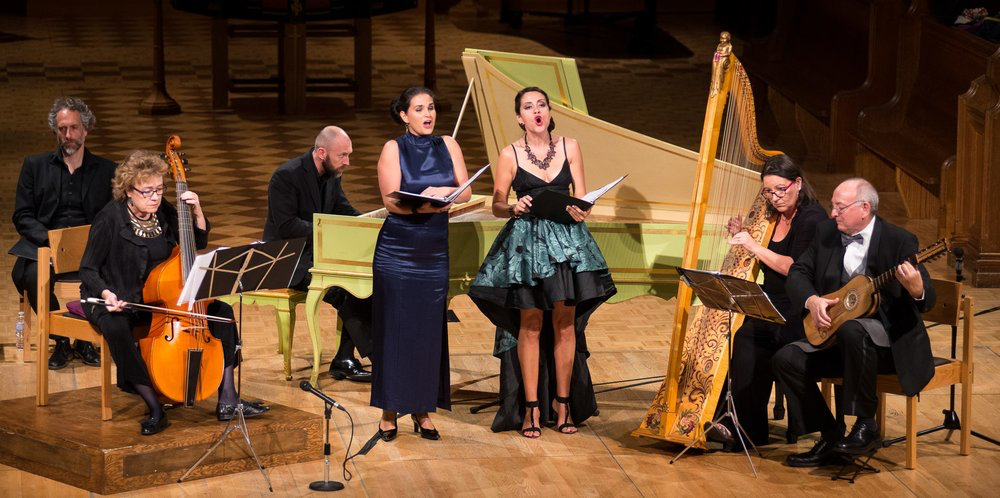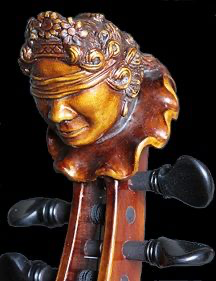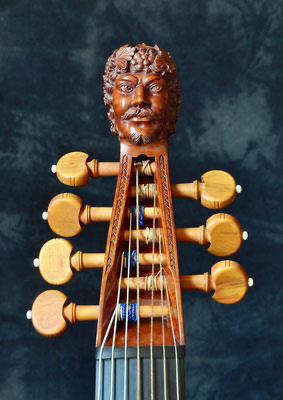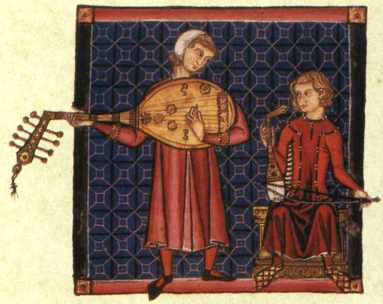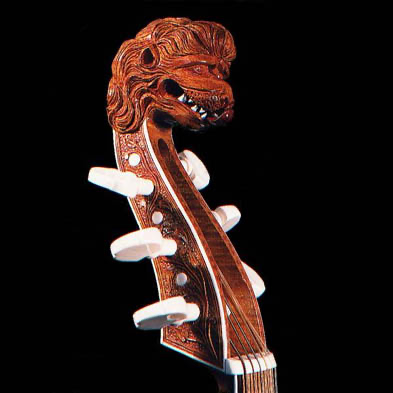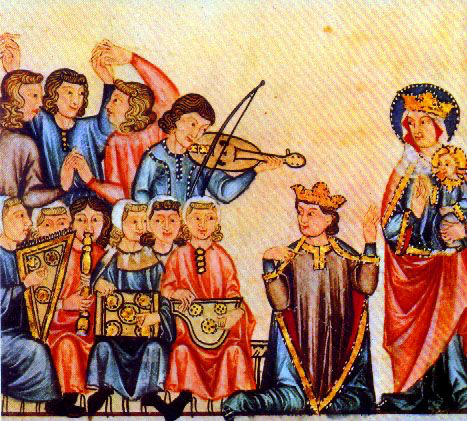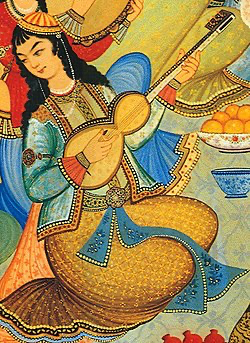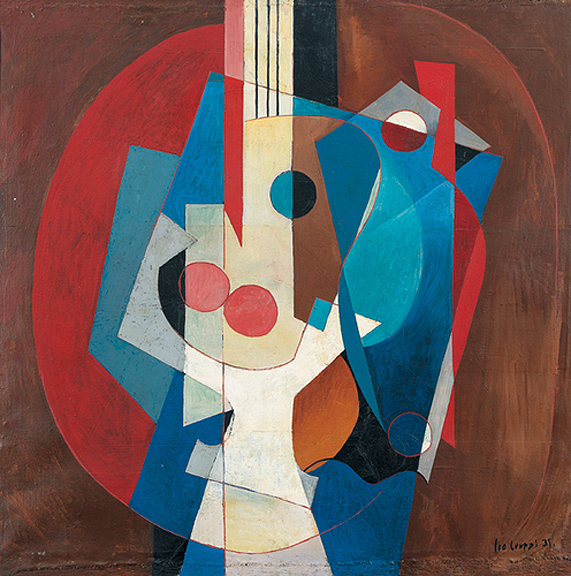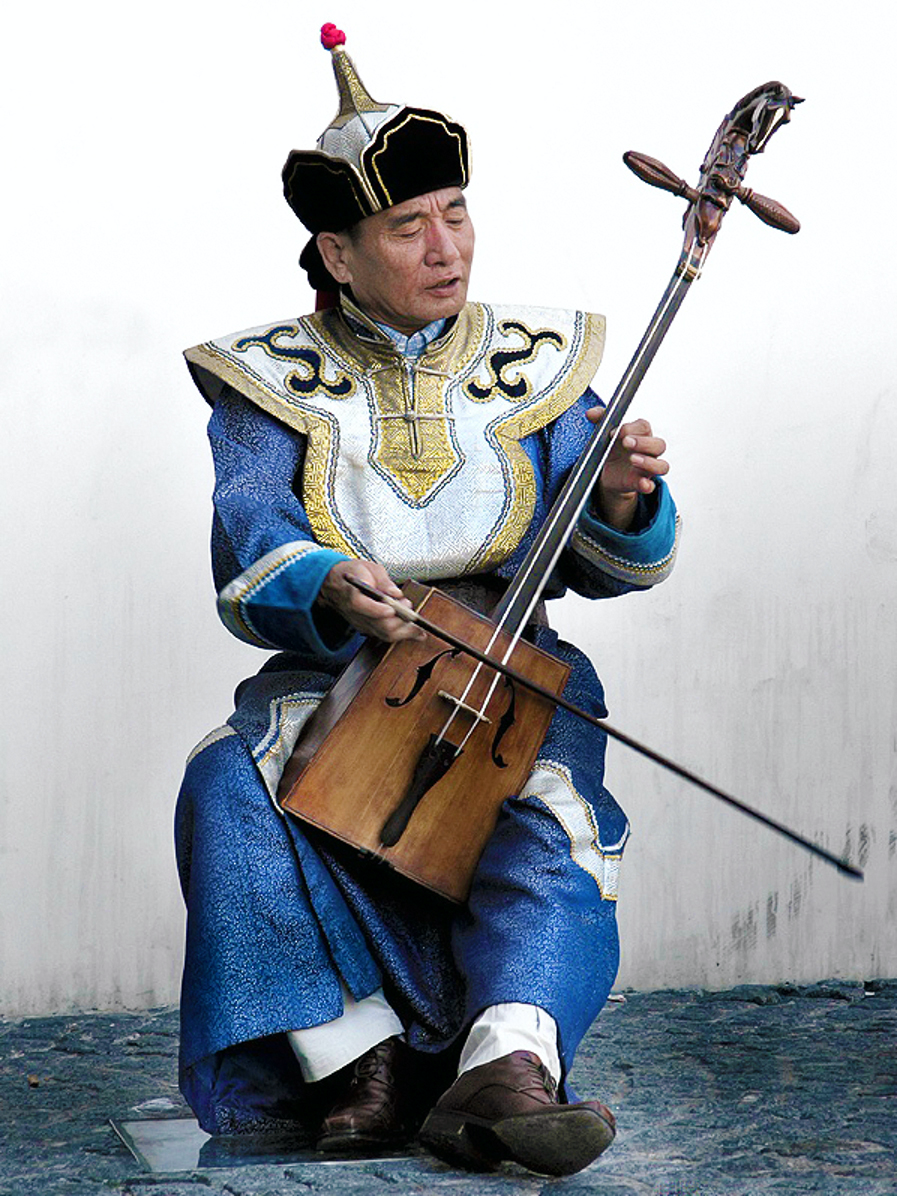At-Home Activities
SESSION 4: SEPTEMBER
WEEK 1 - September 16 (Stringed Instruments with Motomi)
WEEK 2 - September 23 (Movement in Opera)
WEEK 3 - September 30 (Do Mi Sol - Let’s Sing!)
EXPLORE AT-HOME ACTIVITIES FROM PAST SESSIONS
SESSION 3: AUGUST
PLAY ON! WEEK 3 (SEPTEMBER 30 )
This week was all about singing! We spent time with baritone singer Quentin Oliver Lee. He sang an aria from Don Giovanni, and introduced us to the importance of repetition in opera. Here are materials from the workshop, videos of Quentin in performance, and new activities to keep you exploring through your week. Music from Don Giovanni shared during the workshop:
Opera singers are versatile and sometimes sing musical theatre Quentin tells about playing The Phantom of the Opera (2min):
REPETITION IN SONG
During the workshop, Quentin showed us how often signers repeat the same words within an operatic song. Here are a couple of his favorite examples of this.
Listen to Handel’s Messiah: Every Valley Shall Be Exalted and Toreador song from Carmen below and then complete the following prompts.
What words do you hear repeated?
What makes them different each time?
How does the feeling change?
Does it help you remember the words?
Try copying the singer, repeating each phrase they sing.
Now try singing your own sentence, repeating the same words in as many ways as you feel. You can start with these for an idea, or make up your own!
“Let’s go play!”
“Open the door”
“Where is the moon?”
Try elongating the open sounds, going fast or slow, higher or lower pitched, bouncing the sound like a ball! The possibilities are endless.
REPETITION IN LIFE
Start listening to the conversations in your home.
Notice when people repeat themselves (“lunch is ready.... Come on, lunch is ready! Wash hands, lunch is ready! Helloooooo, lunch is ready!”)
Notice when you repeat yourself (“let’s go! C’mon, let’s go. Now! Let’s gooooooo and play! Let’s go, c’mon)
Next time you notice this try saying it differently, try singing it! See if that changes how you feel, or how the people around you listen.
Can you come up with a symbol or gesture or code word to use when you hear repetition in your household?
REPETITION IN ART
Repetition happens in speech, in music, in dance, in art, design and in architecture! Look at the pictures below. What shapes do you see repeated? What patterns? Can you draw your own colonnade? What shape will you use for your columns? You can also try building one with blocks!
THE “LIST ARIA” - COUNT YOUR FRIENDS!
In the workshop, Quentin sang the Mille e tre aria by Leporello in Don Giovanni. In the song, his character is counting all of the people his boss loves.
Can you count all of the people in the world that you love?
Create your own list aria, singing the names of all the people you love
If you prefer, draw their pictures, write down their names, put this list somewhere that you can easily see and be reminded of the people you love
OPERA STORY AND CHARACTER MORALS
In the story of Don Giovanni, the title character (Don Giovanni) turns out to be rather selfish and self-serving. Leporello, who works for him, has to decide: do I keep working for someone who is treating other people so badly? Should I continue to help him? What do you think he should do?
What would you do if a friend of yours was being mean to other people? Would you step in? Who would you help? And how?
BACKSTAGE - MEET THE TEAM
So many people work together to make an opera happen. Opera and musical theater both have many artistic contributions and collaborators (music, dance, story, design). Here is a peek behind the scene of the musical Phantom of the Opera. Check it out!
Backstage in musical theatre (a quick peek at all the people getting ready for a performance on The National Tour of The Phantom of the Opera, with Quentin playing the Phantom):
See if you can spot:
Someone fixing a prop
Someone steaming a costume
Someone doing their makeup
Someone working in the office
Someone working in a tech booth (they might be controlling the stage lights or the sound)
Dancers warming up
Someone calling “places!” - this would be Stage Management, in a headset
Did you recognize Quentin with the Phantom mask?
THANK YOU FOR JOINING US!
We will be opening registration for the next sessions of Opera Starts with Oh! Online in the coming week. Expect an email soon!
PLAY ON! WEEK 2 (September 23)
This week was all about movement! We spent time with dancer, performer, and choreographer Tamrin Goldberg who worked with Opera Lafayette on La Susanna. She introduced us to some of her favorite ways to move and dance. Here are materials from the workshop, a video of Tamrin in performance, and new activities to keep you exploring through your week.
Rene Aubry - we listened to this music in class:
Tamrin sings and dances with Constellation Chor (choreography by Emma Jaster)
DANCE - THE BODY KNOWS: LISTEN & MOVE
Here are three different pieces of music by René Aubry, a composer Tamrin especially likes to dance to. See what your body understands about each of the subsequent pieces of music and then answer the questions below:
Dansons Sous la Pluie (“Let’s dance in/under the rain”):
La Danse des Trois Chapeau (“The dance of the three hats”):
If the music had a texture, what would it be? Honey? Gravel? Clouds? …?
What does it feel like to move through each of these musical textures?
What shapes does your body want to make in each one?
Is there a story?
Try letting different body parts lead your movement (right elbow, left knee, head, hips, belly button!)
DANCE OUTDOORS
Tamrin loves to dance outdoors, you may have even seen her outdoors during the workshop! Next time you are outside- on the sidewalk, in a park, at a bus stop, by a creek- try out some outdoor moves. See how the space changes the way your body wants to and can move. If you’re inspired, you can make a little video! Try dancing to one of the clips above. Or let the sounds of the outdoors be your music. What rhythms do you hear? What voices?
STILL LIFE TO REAL LIFE - LOOK! IMITATE! ARTICULATE!
In La Susanna, which Tamrin and Emma both worked on with Opera Lafayette, we decided to use paintings as inspiration for the movement. Singers started from still life tableaux and then sang their way into and through each scene.
There has since been a whole movement, during quarantine, to interpret famous paintings using household objects. See the whole collection on Tussen Kunsten Quarantine then try your own!
Here are some paintings of scenes from famous opera stories to get you started:
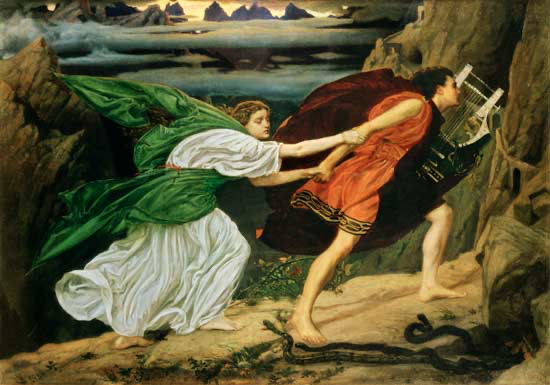
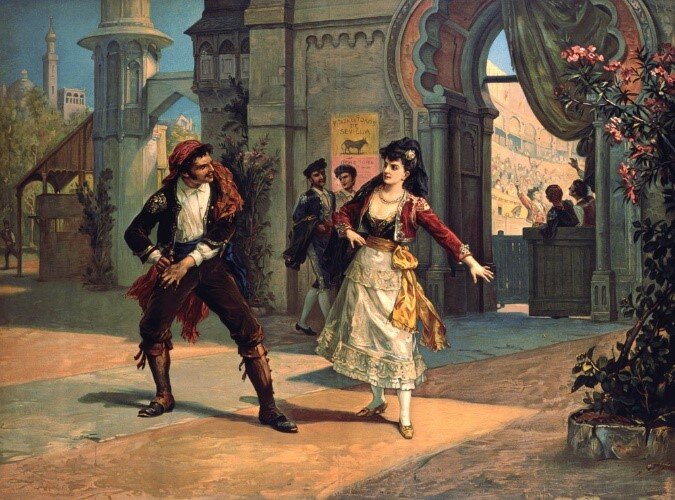
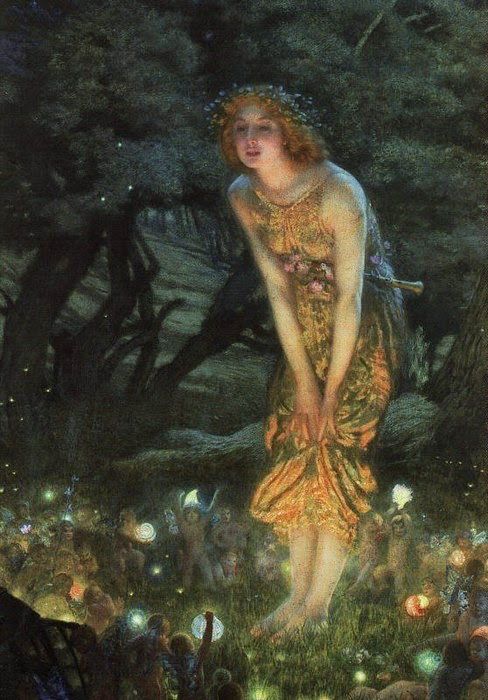
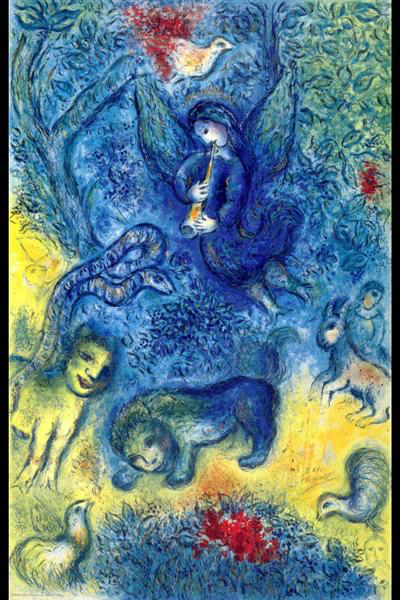
Orpheus and Eurydice by Edward Poynter | A scene from Carmen, composed by Bizet | The Magic Flute by Marc Chagall | Midsummer Eve by Edward Robert Hughes
And here are some paintings that could be scenes from operas, if someone writes the music...

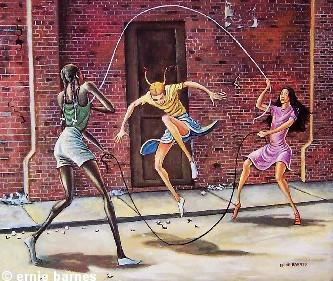
Dead Leaves by Remedios Varo | Double Dutch by Ernie Barnes
Can you imitate the poses of the characters?
What are they holding?
What are they doing? Why?
What do you think they are saying? Or singing?
What do you think happened just before this moment? What will happen next?
DANCE OPERA: WATCH & INTERPRET
Tamrin is a big fan of the choreographer Pina Bausch who created an entire ballet of the opera Orpheus and Eurydice by Gluck. It premiered at Paris Opera Ballet in 2008.
Watch the excerpt below - full of legs and lifts - very exciting and full of movement!
You can watch the full opera in parts 1 and 2 below as well. Then ask yourself the subsequent questions.
What emotions are moving the dancers?
What parts of their bodies are they using to lead through space?
What colors are they wearing? What do you think the different colors mean?
What story do you see?
THANK YOU FOR JOINING US!
Thanks for joining us! Be sure to register for next week as spots fill up quickly!
PLAY ON! WEEK 1 (September 16)
This week was all about stringed instruments! We spent time again with Motomi Igarashi and got to know more of the many stringed instruments she plays, focusing this time on the Viola de Gamba (more of its history) and the evolution from plucking to bowing. Here are some bonus videos of Motomi in concert and new activities to keep you exploring through your week.
Pieza in D minor, by Carl Friedrich Abel, which Motomi played live in the workshop
More on stringed instruments and their origins from our summer session with Motomi, featuring the Lirone.
PLUCKING & BOWING
Motomi played for us the Viola de Gamba and showed both how to pluck the strings and to bow them. We noticed how many stringed instruments there are in the world, and some of their common features.
Look at the pictures below and see if you can find a:
Cello
Harp
Violin
Rebab, from the Sufi music tradition
Kora, from Africa
Lirone (as seen in Opera Starts with Oh session with Motomi Igarashi on the Lirone)
Theorbo (as seen in Opera Starts with Oh session with Adam Cockerham)
Morin Khuur, from Mongoli Motomi!
How are each of these instruments being played? Is it being plucked or bowed?
Can you find on each instrument some of the common structural elements?
Strings
Tuning pegs
Frets
Neck
Hollow body
DRAW THE BOW, THE STRINGS, THE INSTRUMENTS!
Look again at the common structural elements of a stringed instrument listed above. Now draw your own stringed instrument. What shape is it? What size? Is it decorated in any fancy way?
Here are some images to inspire your drawing and design. You’ll notice below the tops of 3 Viola de Gambas, which were often very ornately carved with creatures and characters. The Mongolian Morin Khuur is sometimes called the “horsehead fiddle” because of the traditional horsehead carving.
CHORDS TO HUM
A chord is 2 or more notes played together at the same time. If you pluck two strings at the same time, you are playing a chord. If you bow two or more strings at the same time, you are playing a chord. If you and someone else in your house sit next to each other and hum two different notes at the same time, you are creating a chord! Try it! See if you can get someone (or everyone!) in your house to hum a chord together. How many notes did you make? Try greeting each other by humming a chord. Try it on your next zoom playdate- it’s a great way to sing together even with a time lag, as long as you sustain your notes!
CREATIVE WAYS TO PLAY
Here are a few bonus videos demonstrating the genius of creativity in music making. There are so many different ways to approach an instrument, see what others are doing below and think about
What instruments can you make from the materials in your home?
How else can you play the instruments already there?
Recycled Orchestra : These children made their very own instruments out of the trash in their neighborhood
Orchestre de Contrebasses : These classical musicians have turned their instruments upside down (sometimes literally!) to find new ways to make music!
Bowing Acoustic Guitar and other experimental sounds - this musician has a real taste for experimentation! He also has a video of playing a harpsichord with marbles...
Looping bass guitar plucking and bowing - with a special machine called a looper, a musician can record a track, and then play it back as they play a new live track over it, they can continue doing this until you hear a multi-layered composition all created before your eyes by a single musician. This bass player includes plucking and bowing her instrument.
THANK YOU FOR JOINING US!
Join us for next week by registering now:
OPERA STARTS WITH OH! IS A VIRTUAL PROGRAM PART OF
KNOW SOMEONE WHO WOULD LOVE THIS?
Send them this link and have them register for the next class or the full series!



